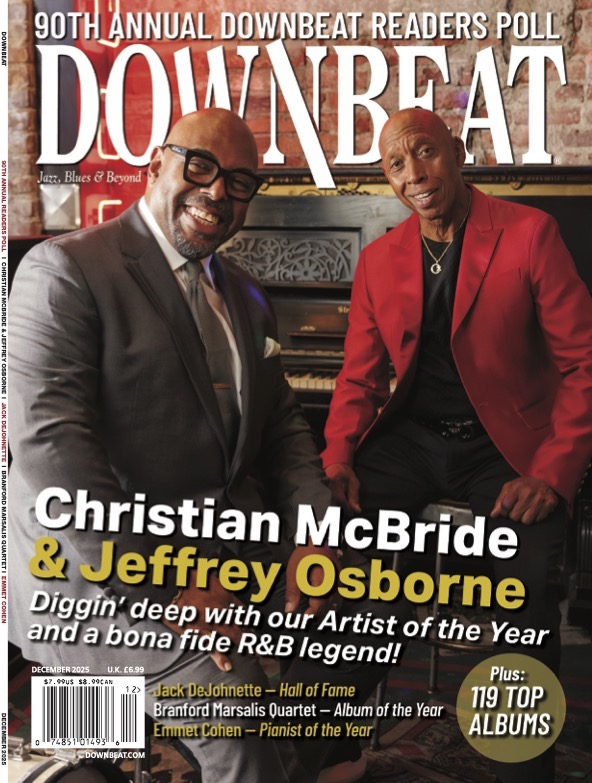Dec 9, 2025 12:28 PM
In Memoriam: Gordon Goodwin, 1954–2025
Gordon Goodwin, an award-winning saxophonist, pianist, bandleader, composer and arranger, died Dec. 8 in Los Angeles.…
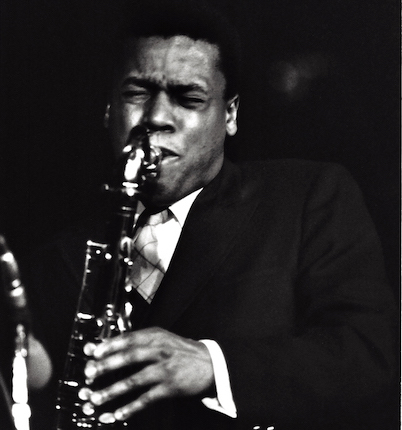
Wayne Shorter: 1933–2023
(Photo: Veryl Oakland)By the time the so-called riots of 1967 engulfed Wayne Shorter’s native Newark, New Jersey, the saxophonist had established a life well outside the war zone. A globetrotting 33-year-old, he was working at the pinnacle of the jazz world in Miles Davis’ groups and as a leader with a recording contract on Blue Note.
But even as his reputation grew, Shorter never strayed too far from his spiritual roots. For all the serenity of his demeanor and the discipline of his art, his output was imbued with the radical instincts reflected in the events of ’67. And while those instincts were sometimes expressed in oblique and epigrammatic terms, their origins were not abstract.
As an African American born in 1933 and growing up in the hardscrabble Ironbound District, he would have seen firsthand the inequities of life beyond the general privations of the Depression. Even as both his parents toiled at blue-collar jobs — his father welding at a factory, his mother sewing for a furrier — both would have been largely shut out from city largesse because of their skin color. The city power structure would not undergo meaningful change until the post-’67 period.
Shorter found refuge — and, perhaps, a kind of rebellion — in the satisfaction that expression through the visual arts could provide. He made no secret of his fondness for fantasy, especially superheroes, and he drew them incessantly. He would become a superhero of sorts to legions of fans by painting on an aural canvas, though his drawings were good enough to win a citywide contest that gained him admission to Arts High, a locus of educational innovation.
At Arts High, where he is said to have begun as a somewhat indifferent student, one teacher, Achilles D’Amico, helped change his life. A local legend, D’Amico had an expansive approach to teaching music that was instrumental in Shorter’s decision to become involved in the school’s rich music program. In it, he could compare notes with like-minded students who went on to fruitful, if lesser-known careers — musicians like saxophonist Harold Van Pelt, who became a stalwart on the R&B scene, and pianist Richie McCrae, who distinguished himself as an exponent of soul-jazz.
Meanwhile, Shorter would be heir to the outsize legacy of another student whose stature would rival his own: Sarah Vaughan. Though she was nearly a decade older than Shorter, he surely would have heard of her exploits at the school, where she was enrolled until her closely watched career began its rapid upward trajectory.
That success could have served as a model. As Shorter entered his teens, Vaughan had already made her mark as a member of Billy Eckstine’s vaunted big band. Formed in bebop’s early years, the band featured a constellation of the music’s most celebrated players, among them Charlie Parker and Dizzy Gillespie, whose revolutionary style, musical and otherwise, became a lodestar for the young Shorter. Reshaping his look and sound, he became known for sporting high-bebop fashion with a musical flare to match. At some point, Shorter acquired the moniker The Newark Flash.
Beboppers could be heard around Newark in venues big and small. Most of the marquee names played the 2,000-seat Adams Theatre. Practitioners of this new music also played smaller spots, where they might be freer to indulge their artistic and other appetites than in some of the higher-profile clubs across the river in New York. If the youthful Shorter had the wherewithal, this hipper scene would have been available to him at celebrated spots like Lloyd’s Manor, on Beacon Street, where Gillespie, Davis and other jazz luminaries sometimes hung their horns.
As a practical matter, Shorter’s instincts were most productively nurtured on the bandstand with freethinking local bandleaders who booked dates in New York but leaned heavily on the circuit of spots in secondary cities with bustling scenes, like Newark. Notable among those leaders were the twin Phipps brothers, saxophonist Bill and pianist Nat, who formed the Nat Phipps Big Band, a way station for some of the era’s most adventurous musicians. One, trombonist Grachan Moncur III, would later hire Shorter — along with Herbie Hancock, Cecil McBee and Tony Williams — for his own Blue Note album.
Influences beyond the strictly musical were also part of Newark’s cultural milieu. Most famously, Amiri Baraka, a direct contemporary of Shorter’s, was becoming known around town as a young poet with revolutionary aspirations and a taste for jazz.
Alternately known as Leroy Jones or Leroi Jones, Baraka, who would later contribute to DownBeat, had an interest in cultivating associations with musicians and, well into his later years, could be heard swapping stories with top players between sets in stately venues like the Newark Museum, a world apart from the one in which he and Shorter operated as young men.
Mainstays of that world are long gone, and parts of Newark have never recovered from the events of ’67. At the same time, the city has regained some of its jazz luster with the founding of radio station WBGO, new presenting clubs and the New Jersey Performing Arts Center, where Shorter appeared in 2017 to receive the key to the city from a representative of Mayor Ras Baraka, Amiri’s son.
That a Baraka was mayor was indisputably a sign of progress, and the gesture was a welcome one. But it merely confirmed that if, as Amiri once wrote, “the music reflects the people,” then a native son named Shorter did very well by his hometown friends, fans and family. DB
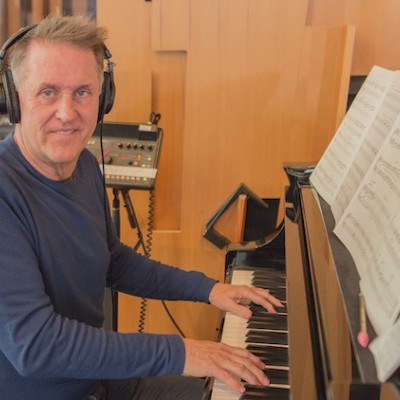
Goodwin was one of the most acclaimed, successful and influential jazz musicians of his generation.
Dec 9, 2025 12:28 PM
Gordon Goodwin, an award-winning saxophonist, pianist, bandleader, composer and arranger, died Dec. 8 in Los Angeles.…

Nov 13, 2025 10:00 AM
For results of DownBeat’s 90th Annual Readers Poll, complete with feature articles from our December 2025 issue,…
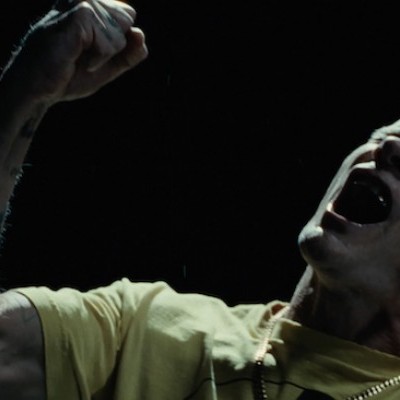
Flea has returned to his first instrument — the trumpet — and assembled a dream band of jazz musicians to record a new album.
Dec 2, 2025 2:01 AM
After a nearly five-decade career as one of his generation’s defining rock bassists, Flea has returned to his first…
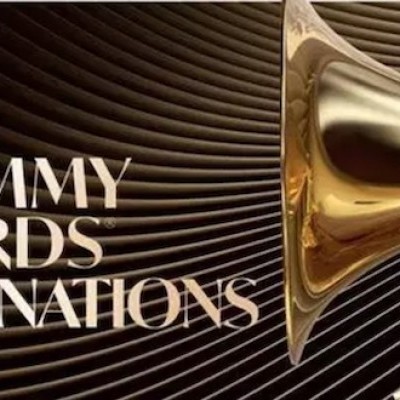
To see the complete list of nominations for the 2026 Grammy Awards, go to grammy.com.
Nov 11, 2025 12:35 PM
The nominations for the 2026 Grammy Awards are in, with plenty to smile about for the worlds of jazz, blues and beyond.…
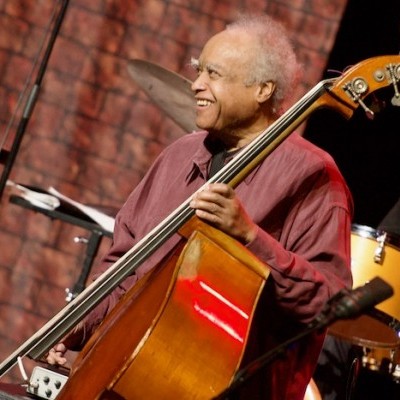
Drummond was cherished by generations of mainstream jazz listeners and bandleaders for his authoritative tonal presence, a defining quality of his style most apparent when he played his instrument unamplified.
Nov 4, 2025 11:39 AM
Ray Drummond, a first-call bassist who appeared on hundreds of albums as a sideman for some of the top names in jazz…

